In African folklore, Anansi is a prominent deity, the master of knowledge of all stories, and a celestial figure who also takes on the role of a trickster. He is seen as either a spider or a man, often portrayed as a virtuous and cunning figure, turning his weaknesses into strengths. Many African folklore stories are verbally passed along through the generations, adding to the power of the Master of All Stories. This benevolently viewed god sits literally and figuratively high in African and even Western lore.
And, apparently, the weaver of stories and stars also told us of an exciting bedtime tale (with pictures!) for us over the summer.
Seemingly alien and suspiciously well-constructed celestial dust ripples, captured by the James Webb Space Telescope (JWST), gave way to an inundation of frenzied interest and a plethora of theories by online armchair generals. However, scientists have unfortunately or fortunately debunked these waves that caused fervent curiosity. So much curiosity, in fact, that it spawned a popular theory that it was an alien megastructure spanning lightyears.
It’s easy to see why some would view this as an idyllic fantasy but alas, the “light through yonder window that breaks” isn’t from aliens; it’s from the light of science.
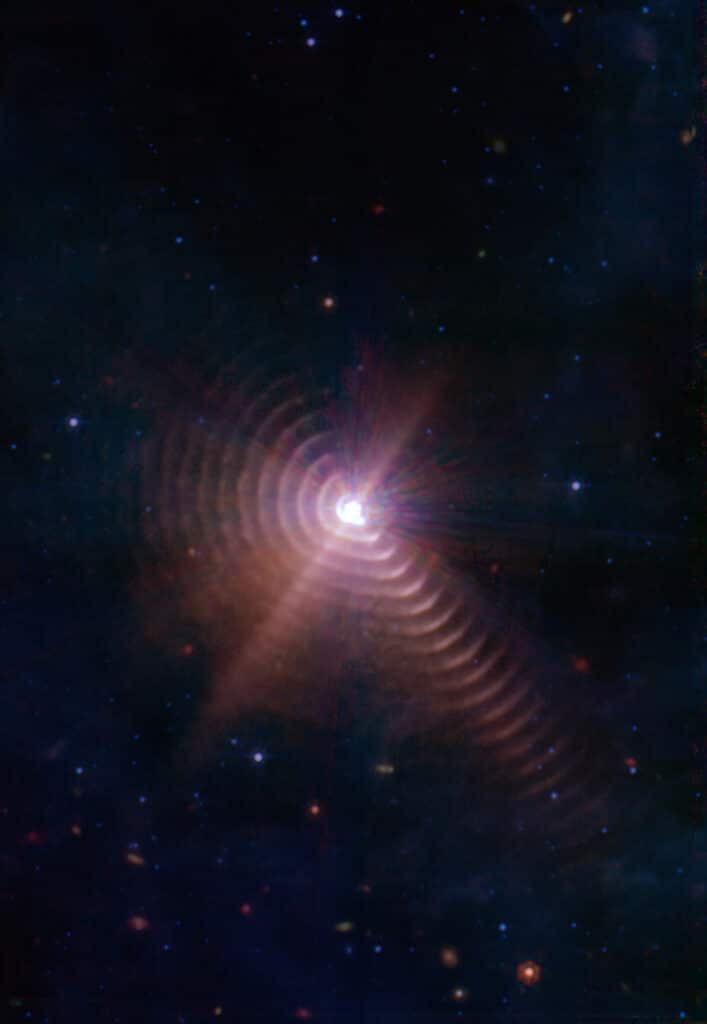
We get a clearer explanation of what “Anansi” is up to in his trickery thanks to two Australian astronomers. They explain that the 17 concentric ripples seen caressing the star(s) are actually a pulsing of monolithic dust rings created by the cyclic interaction between two burning-hot stars.
One is a fading Wolf-Rayet and both stars are locked into a tight orbit. WR140 (Wolf-Rayet 140) is ball-and-chained to an 8-year orbit around an even more gargantuan blue supergiant.
“Like clockwork, WR140 puffs out a sculpted smoke ring every eight years, which is then inflated in the stellar wind like a balloon,” explains Peter Tuthill, from the Sydney Institute for Astronomy at the University of Sydney, in a statement. “Eight years later, as the binary returns in its orbit, another ring appears, the same as the one before, streaming out into space inside the bubble of the previous one, like a set of giant nested Russian dolls.”
This fire poi-like display is created due to the intense levels of elements surfacing on the WR star and the carbonic elements that turn to soot off of it. Ionized helium and ions or carbons flung off the star as it circles each cycle (8 years) give us a slow, but steady show. The stellar winds themselves are turbulent, however, with WR stars they create a “stellar hurricane” due to their gravitational orbits and binary status.
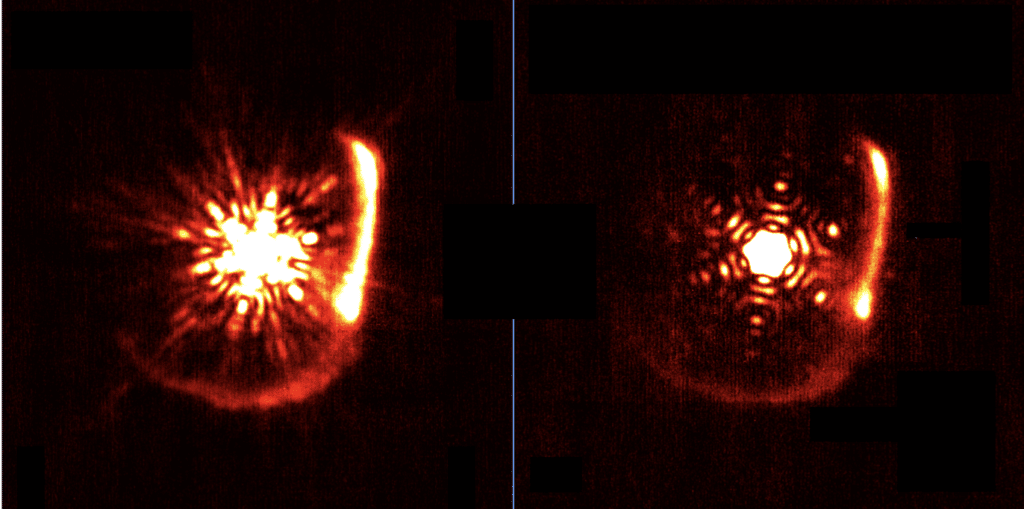
Starlight is now known to accelerate matter, known as “radiation pressure.” Yinuo Han of the University of Cambridge’s Institute of Astronomy explains that for the first time they have direct evidence that starlight massively accelerates matter. However, this recent revelation was often previously skewed by the fact that even if there was evidence that starlight literally pushed matter, particles were heavily influenced by other forces. The further away it drifted from the emission source, the study became clouded.
“It’s hard to see starlight causing acceleration because the force fades with distance, and other forces quickly take over,” says Han. “To witness acceleration at the level that it becomes measurable, the material needs to be reasonably close to the star or the source of the radiation pressure needs to be extra strong. WR140 is a binary star whose ferocious radiation field supercharges these effects, placing them within reach of our high-precision data.”
With a two-for-one deal on knowledge, scientists helped explain that Anansi was, in fact, not the orchestrator of this divine cosmic spider webbing. It came to scientists as a “trick-as-a-blessing”; we learned more about Wolf-Rayet stars and that starlight has a measurable effect on accelerating matter.
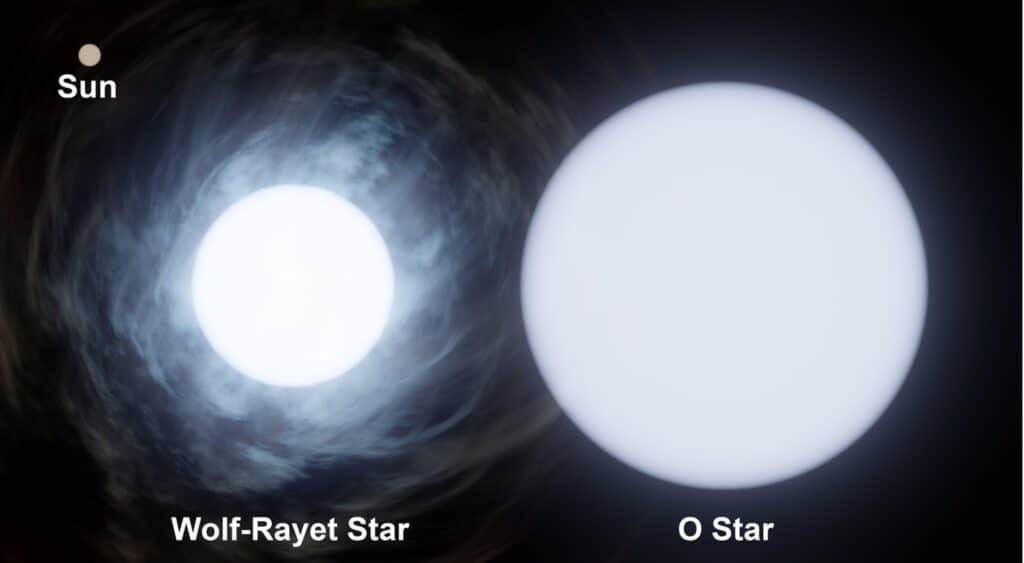
It is said in some variations of African lores that Anansi was so clever that he tricked the other gods into thinking he had not helped create the universe. He sat high on his spiderweb of netted stars, weaving together a more beautiful galaxy one story at a time. Not all spiders are scary or bad, Charlotte’s children (Charlotte’s Web) and Anansi should exchange stories.
The research is published between two companion papers in Nature and Nature Astronomy.
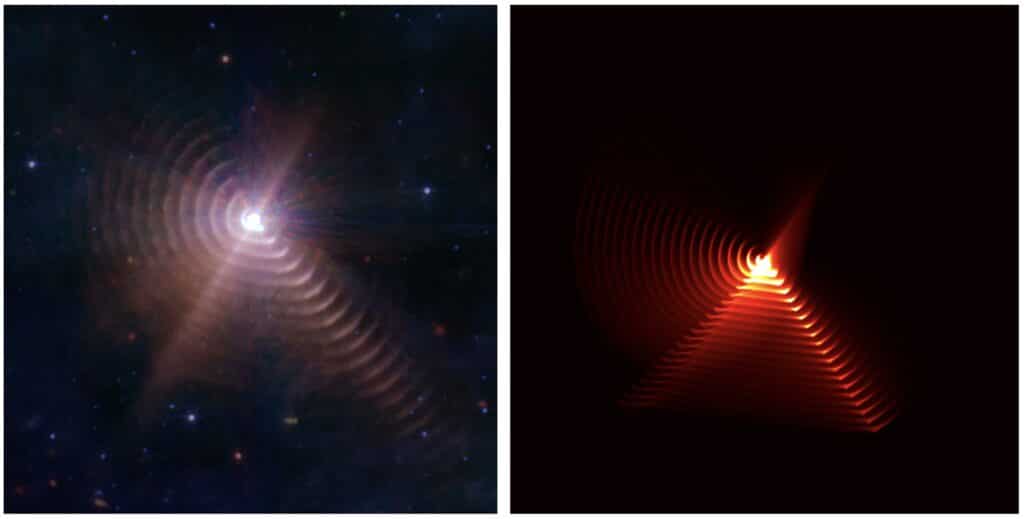



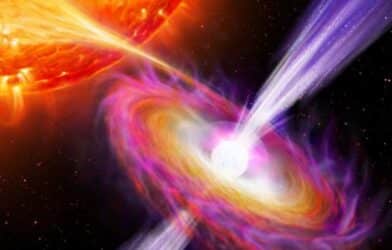
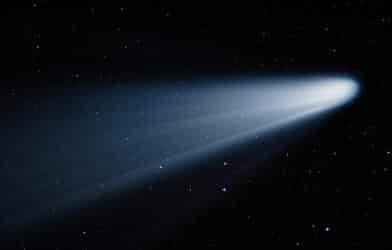
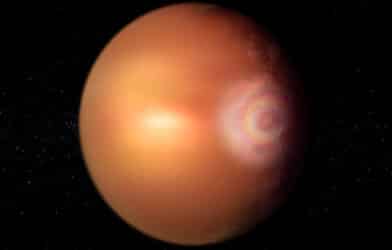



-392x250.png)

